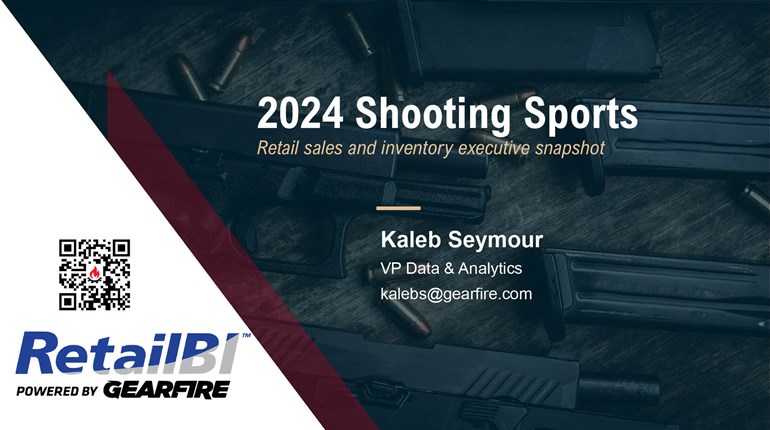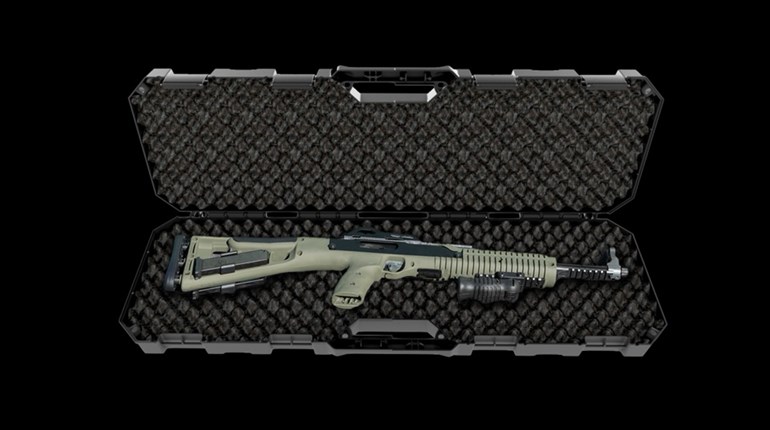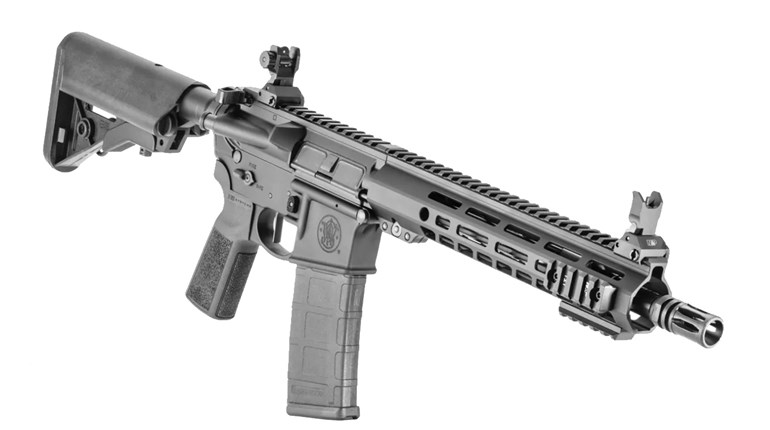
Under the NFA, §5845 classifies "a rifle having a barrel or barrels of less than 16 inches in length" or "…a weapon made from a rifle if such weapon as modified has an overall length of less than 26 inches or a barrel or barrels of less than 16 inches in length" as a firearm regulated by the NFA's additional restrictions. SBRs require a taxable transfer process very similar to that required for fully automatic guns and sound suppressors (machine guns and silencers in NFA-parlance). As a Class II Special Occupational Taxpayer (SOT)—manufacturer/dealer of NFA firearms—I devote an increasing amount of time to converting, building and selling SBRs these days. I also field a lot of questions about the über-subjective topic of their pros and cons.
BATFE's "NFA Handbook" describes the method for measuring a rifle's barrel to determine length. A dowel is inserted into the bore until it stops on the closed bolt or breechface. A measurement is then taken on the dowel from that point to the end of the barrel. If a removable muzzle device (threaded brake or flash suppressor) is installed, it is not factored into the length unless it's seam-welded or blind-pinned and welded over as described in the same book. Determining whether or not a device is permanently attached can be tricky, so if you're unsure, take it to a competent gunsmith for help.
You can purchase an SBR either through a Class III dealer or have one built by a Class II manufacturer. The latter can shorten the existing barrel, replace it with a new one or in the case of modular semi-autos like the AR, build a new upper receiver assembly with the desired-length barrel. Once that's done, the Class II or III SOT registers the SBR with the ATF. At that point, it must submit an ATF Form 4, requesting transfer of the SBR to the customer. Only after this form is approved may the physical transfer take place. A $200 tax is part of the process and is normally passed on to the customer along with any gunsmithing or dealer fees. The process is not fast, but it isn't difficult. The greater issue—for me at least—is whether or not the SBR is appropriate for a shooter's needs.
If owning an SBR simply falls into the "because I want one" or "because it looks cool" categories, go for it. However, if the desire is fueled by performance factors, understand what you want before having your rifle modified and applying for transfer. The obvious gain is portability. I was issued a 10-inch-barreled weapon system during my final years in uniform and enjoyed having a submachine gun-sized rifle capable of fighting into and out of an objective. But that capability came with a price—muzzle velocities suffer when barrels are shortened, all else being equal. The degree of reduction depends on many factors, and there's no hard-and-fast rule to apply. I use a general figure of 75 fps per inch of barrel lost, but I've seen barrels well above and below that number once they're chopped. The bottom line is muzzle velocity is the starting point that combines with a bullet's ballistic characteristics and atmospheric conditions to determine downrange velocities. Those numbers affect the amount of drop from the rifle's line of bore, wind drift and the penetration and/or expansion of a projectile. A 10-inch barreled gun may launch bullets that are very effective from arm's length out to 200 meters, but they will drop off far closer than the same projectiles leaving a 16-inch barrel.
The last issue worth considering is semi-automatic SBR reliability—specifically in direct-gas-impingement ARs. Changing components alters a gas system's timing and can affect reliability. Savvy AR-smiths have ways to remedy timing problems. As a rule of thumb,5.56 NATO ARs with barrels shorter than 14.5 inches tend to be finicky. Going shorter than 16 inches in 7.62 NATO chamberings likewise invites problems. This is not a firm rule, so don't bombard the editors with letters. I'm speaking from my own observations as a former operational shooter, R&D guy and current builder of SBRs. At those sub-14.5-inch and sub-16-inch lengths, I recommend going to a piston-operated system or at the very least an adjustable gas regulator.
If you're in the market for an SBR, weigh the pros and cons. Remember our military and law enforcement professionals prefer them primarily for their compactness and short-range fighting ability, not their mid-range performance.




































